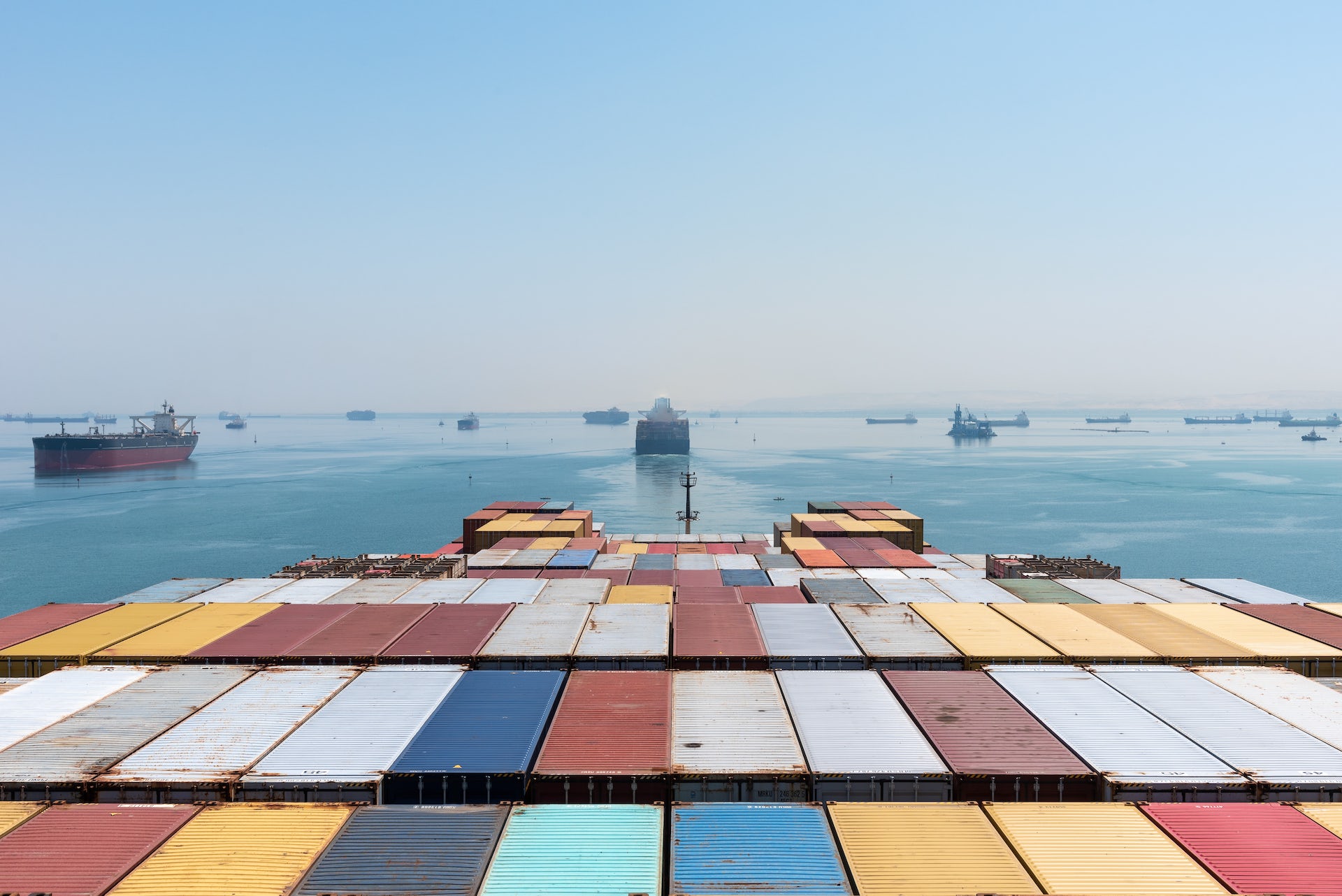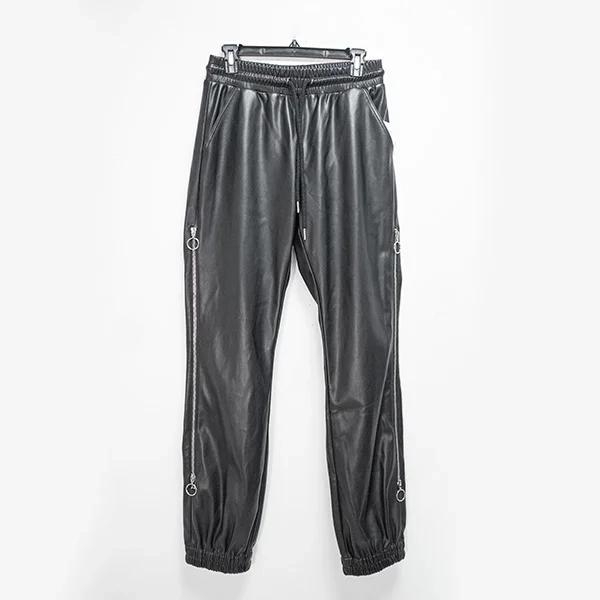
Shipping containers are an essential part of global trade, enabling the transportation of goods across vast distances. Have you ever wondered how these massive metal boxes stay securely on ships, even in rough seas? In this article, we will delve into the fascinating world of container shipping and explore the ingenious engineering behind the stability of shipping containers on ships.
- The Design of Shipping Containers:
Shipping containers are designed with stability in mind. They are typically made of steel, which provides strength and durability. The rectangular shape of the containers allows for efficient stacking and ensures that they can be securely fastened to the ship's deck. Additionally, the corners of the containers are reinforced to withstand the forces exerted during transportation. - Twistlocks and Corner Castings:
One of the key elements that keep shipping containers in place on ships is the use of twistlocks and corner castings. Twistlocks are mechanical devices that lock containers together, preventing them from shifting or toppling over. These twistlocks fit into the corner castings, which are reinforced corners on the containers. By interlocking the twistlocks and corner castings, containers are securely connected to each other and to the ship. - Lashing and Securing Systems:
In addition to twistlocks and corner castings, lashing and securing systems play a crucial role in maintaining the stability of shipping containers on ships. These systems consist of steel cables, chains, and turnbuckles that are used to secure the containers to the ship's deck. The tension created by these systems helps to counteract the forces of waves and winds, keeping the containers in place. - Ship Design and Ballast:
The design of the ship itself also contributes to the stability of shipping containers. Ships are built with a low center of gravity to minimize the effects of rolling and pitching. Additionally, ballast systems are used to adjust the weight distribution of the ship. By strategically filling or emptying ballast tanks, the ship's stability can be maintained, ensuring that containers remain secure during transit.
Conclusion:
The stability of shipping containers on ships is a result of meticulous engineering and design. From the robust construction of the containers to the interlocking mechanisms and securing systems, every aspect is carefully considered to withstand the challenges of maritime transportation. Understanding the engineering behind the stability of shipping containers not only highlights the complexity of the shipping industry but also emphasizes the importance of safe and efficient global trade.


